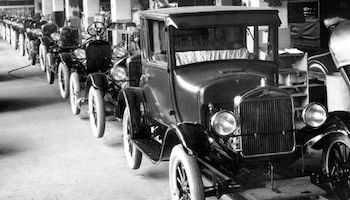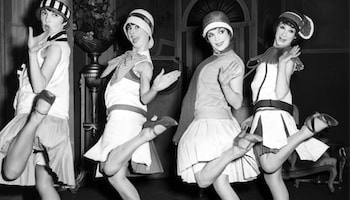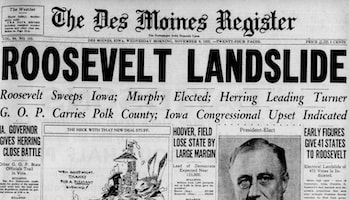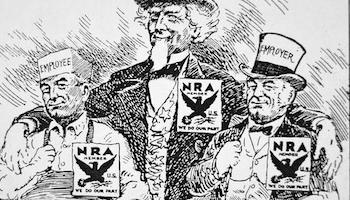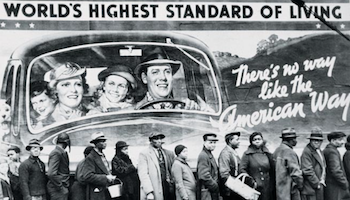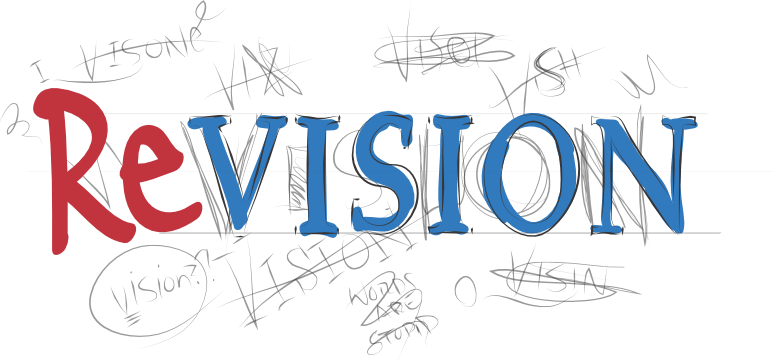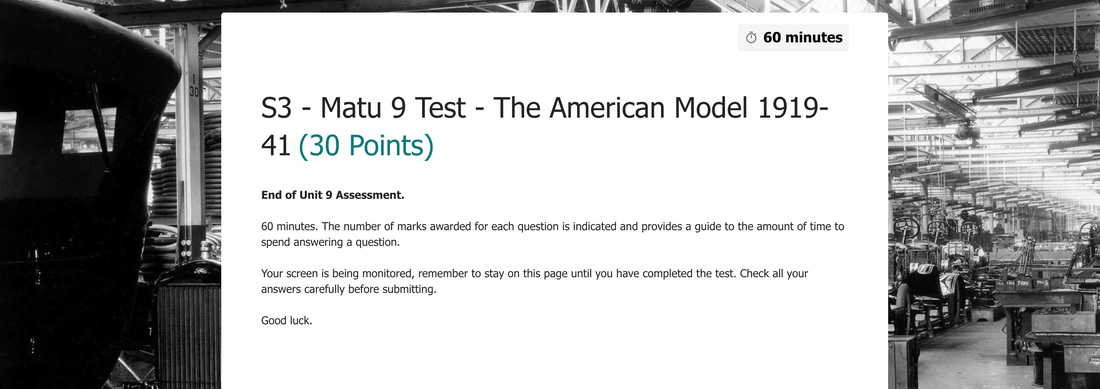* Designated a subject of particular importance in the Anglophone history oral exam.
Matu syllabus reference - Le modèle américain : mesurer la puissance américaine depuis la 1re guerre et en comprendre les principes de politique étrangère ; expliquer le libéralisme du laisser faire et la Grande Dépression ; situer le New Deal et l’interventionnisme de Roosevelt comme réponse à la crise. Matu syllabus
Matu syllabus reference - Le modèle américain : mesurer la puissance américaine depuis la 1re guerre et en comprendre les principes de politique étrangère ; expliquer le libéralisme du laisser faire et la Grande Dépression ; situer le New Deal et l’interventionnisme de Roosevelt comme réponse à la crise. Matu syllabus
|
This is also the unit that features in the IB DP syllabus as Paper 2 Topic 7: Origins, development and impact of industrialization (1750–2005).
Students who are part the Moser Double Diploma will be encouraged to complete additional assignments in this unit. |
Revision
|
A4 Revision essentials is a printable but not editable A4 sheet with the absolute essentials to hopefully help you pass the Matu.
'Six like Sydney' are not available for this topic. Sydney used the textbook. |
End of Unit Test - 22 May 2024
There will be three sections to the end of unit test that will last one hour.
Section A - Factual recall. [10 marks]
These ten questions will require short - even one-word - answers that test your knowledge of the unit. Facts mean names, dates, places etc. FAQ: Does this mean you have to learn all the dates? No... but all the answers expected here are things you should know: names of presidents, New Deal agencies, laws passed, etc.
There will be three sections to the end of unit test that will last one hour.
Section A - Factual recall. [10 marks]
These ten questions will require short - even one-word - answers that test your knowledge of the unit. Facts mean names, dates, places etc. FAQ: Does this mean you have to learn all the dates? No... but all the answers expected here are things you should know: names of presidents, New Deal agencies, laws passed, etc.
Section B - Explanation [5]
Be prepared to answer one of the following questions:
What were the main characteristics of the 'roaring 20s'?
What were the main causes of the Wall Street Crash?
Explain with examples the main features of Roosevelt's New Deal.
Section C - Essay [15]
This subject is of starred importance for the Matu exam, just like the Industrial Revolution topic we did last year. This is an opportunity for revision. Using the same PESC structure and approach we followed last year, I'd like you to prepare an answer to the following question.
How similar were the first and second industrial revolutions?
You will find the following page essential to your planning.
Again consider the following:
https://www.johndclare.net/America9.htm
https://www.bbc.co.uk/bitesize/guides/zcrdcwx/revision/1
Be prepared to answer one of the following questions:
What were the main characteristics of the 'roaring 20s'?
What were the main causes of the Wall Street Crash?
Explain with examples the main features of Roosevelt's New Deal.
Section C - Essay [15]
This subject is of starred importance for the Matu exam, just like the Industrial Revolution topic we did last year. This is an opportunity for revision. Using the same PESC structure and approach we followed last year, I'd like you to prepare an answer to the following question.
How similar were the first and second industrial revolutions?
You will find the following page essential to your planning.
Again consider the following:
https://www.johndclare.net/America9.htm
https://www.bbc.co.uk/bitesize/guides/zcrdcwx/revision/1
Click below to access the test


